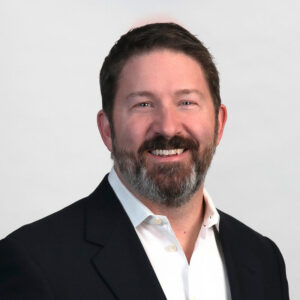Why escape is only the beginning for survivors of sexual exploitation
Content warning: This article includes references to human trafficking and sexual abuse. It may not be appropriate for all audiences.
Without meaningful employment, 4 out of 5 survivors of human trafficking will be trafficked again.
What makes it so hard to break the cycle?
The Cycle of Human Trafficking
Imagine (or try to imagine) what it’s like to be trafficked for sex.
Chances are, it started early—the average age when someone is first targeted online is 15 years old.
Chances are, it was someone close—more than half of all exploited children are trafficked not by a stranger, but by a family member or friend.
My friend Kisha, for example, had just turned 13 when she was first trafficked. The perpetrator was her friend’s stepdad. The weekend of her 13th birthday, he got Kisha high on cocaine and sold her to more than a dozen men.
“If I tried to leave, they would beat me. They would come and find me. That’s what made me keep my mouth closed,” Kisha explains. “I was in it so deep, there was no turning back.”
Let’s say after some time—the average duration of trafficking is a little over two years—you finally manage to get out. Maybe you were rescued by law enforcement. Maybe you were “lucky” enough to be treated as a survivor rather than a criminal. (Victims of human trafficking sometimes end up being charged with prostitution or other criminal offenses.)
One way or the other, you manage to pick yourself up off the floor and you’re choosing to live another day.
Let’s say you make it into an aftercare program, like Kisha did. You’re given a safe place to stay, along with medical and emotional care from doctors, therapists, and social workers. You may spend a couple of years there. Slowly you start to heal.
Now what?
The Barriers to Opportunity for Survivors of Human Trafficking
Anti-trafficking organizations excel at helping survivors escape and heal—what’s often known as “aftercare” or “restorative care.”. (We’re privileged to partner with a number of agencies doing this essential work.) These organizations do the heavy lifting of helping survivors heal, one step at a time.
But once survivors like Kisha take those vital first steps, they need something more. More than just a way out, they need a way forward.
We hear it all the time from our aftercare partners. As one executive director of an anti-trafficking agency put it:
“Trafficking survivors know they’re approaching an economic cliff when aftercare and recovery programs end.”
Before long, your time in aftercare is coming to an end, and you start to wonder how exactly you’re doing to provide for yourself. But even the mere question is full of difficulty and trauma. For many survivors, the trafficking horror they experienced began with the promise of a “well-paying job.” That, along with other forms of coercion and control, are how many find themselves trapped.
“Work” was the source of your trauma. That kind of experience can shatter your idea of what an authentic, healthy work experience can even be. The vision has to be re-cast.
Unfortunately, the pressing needs of life don’t wait. You need money to support yourself—and kids. You want to do something different. But you don’t know where to start. Chances are, you have:
- No experience navigating the job market
- No meaningful professional connections or relationships with potential employers
- No proper ID—many survivors lack valid birth certificates or social security numbers, which can turn a routine background check for a job into an insurmountable barrier
- No driver’s license or reliable transportation
Limited access to the internet (when was the last time you searched for a job without it?)
You might also have a criminal record that causes most employers to write you off before you even get a chance.
Overcoming barriers like these isn’t easy, to say the least. Birth certificates and IDs are costly—and often difficult—to obtain. Even more so if you don’t have a permanent address (which many trafficking survivors don’t). Prospective employers can’t reach you if you don’t have reliable phone service or internet. And assuming you’re lucky enough to land an interview and you have kids, childcare can be impossible to find and arrange.
It takes more than just “job readiness” certificates or mock interviews or dead-end jobs to break the cycle of exploitation. These will do little to overcome the barriers standing between you and a means of income.
This is why many of us in anti-trafficking organizations talk about the cycle of rescue, restore, repeat. This is why most survivors of human trafficking end up being re-trafficked. Without a viable job, they are still vulnerable.
And this is exactly the cycle which we seek to break—by walking with survivors every step of the way to meaningful employment and healthy community:
- Listening to survivors to identify their unique interests and strengths
- Walking alongside survivors as they make a plan to build a life
- Helping them navigate some of the biggest barriers to employment—from lack of ID to criminal records
- Identifying real career opportunities with carefully vetted employers who have a track record of maintaining healthy work environments and investing in people
- Providing ongoing support to make sure survivors are stable and thriving in their new life
That’s the Viable difference. That’s the difference between what normally happens to survivors of human trafficking and what can happen when we invest in their true potential—together.
Please join us in this life-giving work.



